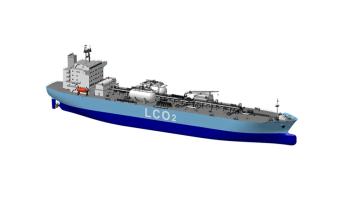
Increased vehicle loading and transport capacities allow greater leeway in the ship allocation schedule, securing more holiday and rest time for the crew.

Increased vehicle loading and transport capacities allow greater leeway in the ship allocation schedule, securing more holiday and rest time for the crew.

The Turbomachinery Laboratory at Texas A&M researches compressors, turbines, and pumps, fostering collaboration between academia and industry.

The project demonstrated the culmination of Saudi Arabia's engineering talent development, including training, certifications, practical experience, and more.
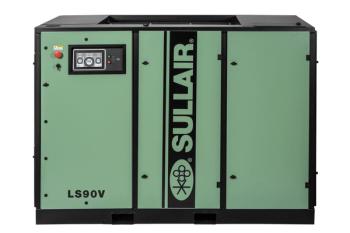
Four key distributors will expand their parts, compressors, and additional products and services across Ohio, Pennsylvania, West Virginia, and more.

John Bartos of Rotating Machinery Services says South Houston’s BJ Superior contributes its in-house inspection, manufacturing, and refurbishment capabilities.
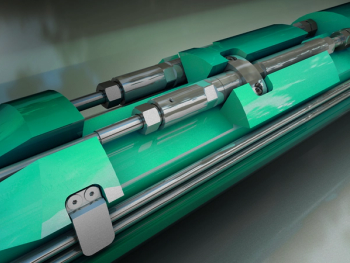
Petrobras will use the SureCONTROL Premium interval control valve to enhance operational reliability in its high-flowrate offshore fields.

The Turbomachinery News Network, for the week of March 17, 2025, covers news from Chart Industries, Cheniere Energy, the U.S. Department of Energy, Rolls-Royce, and Baker Hughes.

Greg Gammon of Texas A&M says that partnerships across hydraulics, vibration, power, and propulsion allow for direct industry engagement.
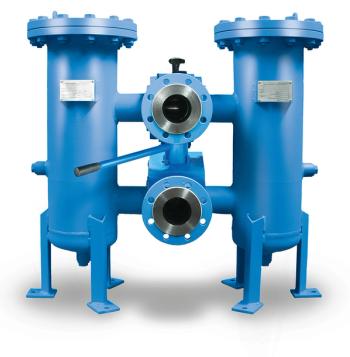
The duplex and in-line pressure filters suit industries requiring minimized downtime, uninterrupted operation, and tight operational schedules.
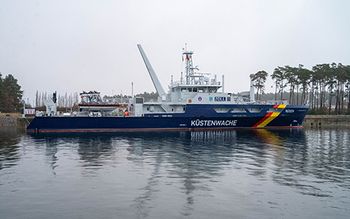
The first commissioned vessel is powered by four mtu Series 4000 gas engines and two controllable pitch propellers, reaching a max speed of 23 knots.
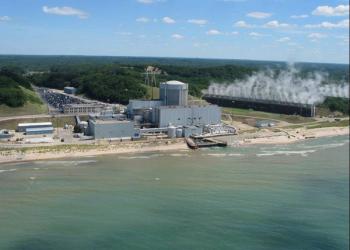
The project is subject to Nuclear Regulatory Commission approvals and is the first American reactor to restart after ceasing operations.
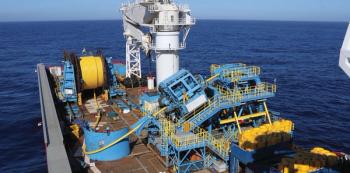
CO2-induced corrosion is common in Brazil’s pre-salt fields, where Petrobras reinjects CO2 from its production operations into wells to decrease flaring and boost oil recovery.
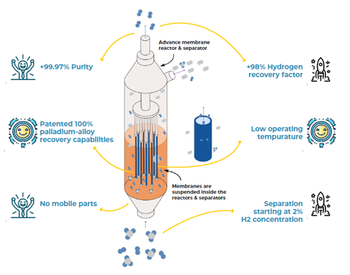
The membrane efficiently separated hydrogen from the natural gas stream, enabling the production of high-purity hydrogen and cleaner streams.

Corpus Christi Liquefaction Stage 3 consists of seven midscale trains, with an expected total production capacity of over 10 MTPA of LNG.

Recently, Chart Industries completed the front-end engineering and design for the nitrogen rejection unit and helium plant.
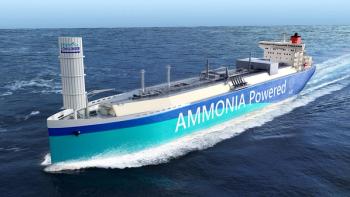
This ship design satisfies Japan’s port entry restrictions at major power plants and ensures compatibility between ammonia loading/unloading terminals and cargo handling connections.
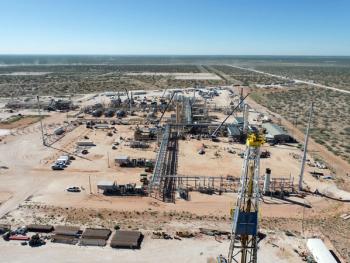
The Phase 1 expansion will increase total treating capacity to 200 MMcf/d, with plans to increase it further to 400 MMcf/d by 2026.
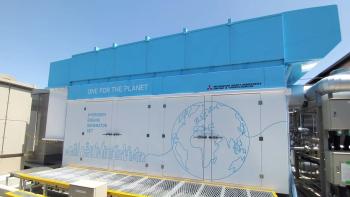
With engineering, manufacture, and demonstration complete, reliability and safety evaluations will be rendered prior to commercialization and final production.

The 1.2-GW Malaysian plant started commercial operation with GE Vernova’s equipment and control system software.
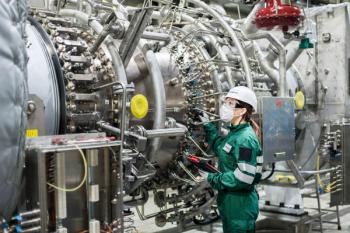
The NovaLT gas turbine will allow data center customers to adapt and meet their specific, reliable, and sustainable power requirements.

The delivery of mtu-brand emergency gensets contributes to the European Union’s construction project, which is expected to be finalized in 2025.
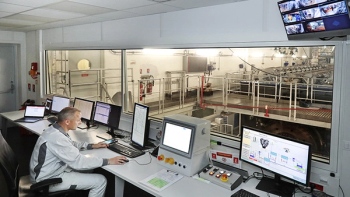
David Valette of MAN Energy Solutions says its Multi Fluid Monitor works in tandem with laboratory oil analysis and traditional detection systems.

Adolfo Delgado of Texas A&M’s Turbomachinery Laboratory says component-level testing and development have significant impacts on the industry as a whole.
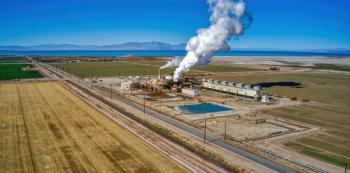
Baker Hughes submitted its solution to the Tradewinds Solutions Marketplace and can now develop geothermal plants for baseload power.
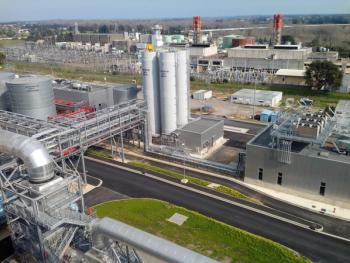
The contract represents over 100,000 hours of annual maintenance executed by a 30-person team, so EDF PEI can achieve 95% availability on power assets.
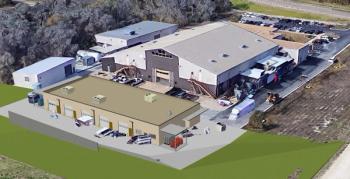
The new Propulsion and Energetics Research Laboratory makes safe, high-pressure, high-energy experiments possible for faculty and external researchers.
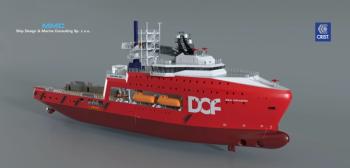
The Sea Dragon will conduct a range of operations, including gas crew changes, drilling support, field-safety standby, emergency towing, and ice management.
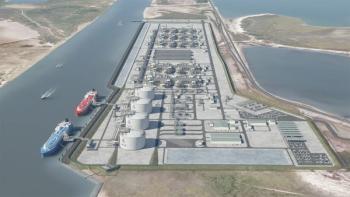
Once NextDecade permits, constructs, and operates Trains 6 through 8, the total liquefaction capacity will increase by approximately 18 MTPA.
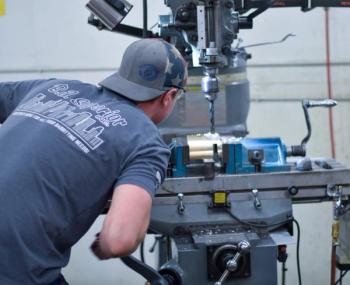
The acquisition will expand the range of high-performance components, shorten lead times, and offer greater service flexibility for customers in critical industries.
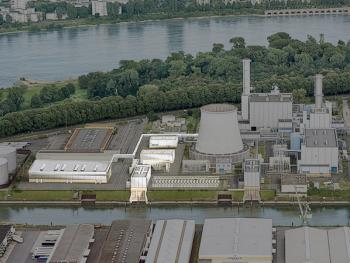
Preparatory construction work is underway next to the Niehl harbour basin, where Rhine water will be extracted to serve as the plant's environmental energy source.